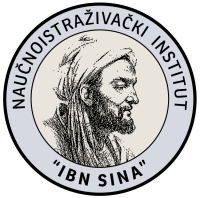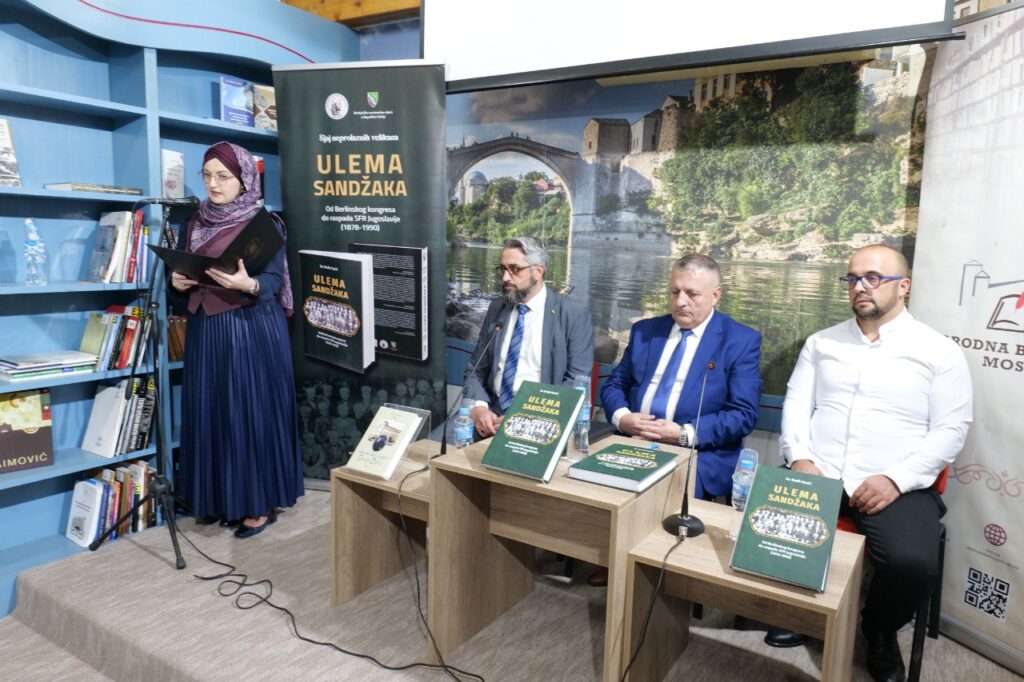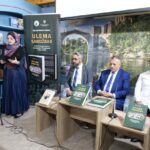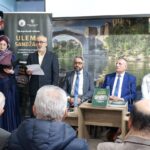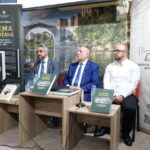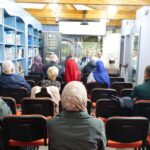In cooperation with the Ibn Sina Scientific Research Institute and the National Library of Mostar, on October 10, 2025, a promotion of the book “The Ulema of Sandžak: From the Berlin Congress to the Dissolution of the SFR Yugoslavia (1878–1990)” by Dr. Nadir Dacić was held at the premises of the mentioned library in Mostar. The speakers at the event were Prof. Dr. Sead Šemsović, Sanadin Voloder, and Dr. Nadir Dacić.
At the beginning of the program, the director of the Ibn Sina Institute, Mohammad Hossein Abbasi, addressed the audience, emphasizing:
“Today’s event is of great importance because we have gathered to promote a book that serves as a historical document about the lives and activities of the great scholars (‘ulama) of Sandžak over the past 120 years. It represents a very important and significant step in preserving and promoting the historical memory of Muslims in the Balkans. History is like a strong chain that connects us to the foundations and identity of our past. If a nation carelessly breaks that chain, it will inevitably become tied to other cultures and societies in a space without identity – and from it, not even its name will remain.”
The first speaker among the promoters was Prof. Dr. Sead Šemsović, who highlighted the scholarly chain (silsila) of teachers and the continuity of knowledge up to the present moment. He stated:
“This book shows the diversity of individuals who engaged in various disciplines within the field of religion – some in ‘aqidah (creed), others in fiqh (Islamic jurisprudence), tasawwuf (Sufism), and so on. These names represent the difficult period of development of Muslim communities in the Sandžak region, from the Berlin Congress to the dissolution of the SFRY. They are the names of important and steadfast individuals and schools that maintained their continuity precisely in this region. Each of these individuals deserves our attention. If we forget them, we are left hanging on a branch without a stable foundation.”
The second promoter was journalist Sanadin Voloder. He emphasized that from this geographical and historical distance, Bosniaks in Mostar should be brought closer to why Sandžak should be of interest to them. “There are two key moments where we historically overlap with Sandžak: first, that the seat of the Herzegovinian Sandžak was for a long time in Tašliđa in Pljevlja, and second, that migrations took place, so the Nametak family originates from Pljevlja. With the arrival of Austria-Hungary, a good number of Herzegovinian families moved to Sandžak, specifically to Sjenica. This book should serve as motivation for cultural exchange, because the existing borders have fragmented the Bosniak ethnic and geographical space. The book is rich with information, including biographies of 600 scholars (‘ulama). I hope the author will find some data in Ottoman libraries, in old manuscripts, to broaden the perspectives on the ulema of Sandžak.”
The last speaker was the author of the book, Dr. Nadir Dacić. Dr. Dacić briefly presented his experience gained while working on this book: “The data in the book were mostly gathered from official service records that have been preserved and are kept in various archives, then from descendants of certain imams, and some biographies have been published, most often as obituaries upon their deaths, in Glasnik, Preporod, and similar publications.”
The author then read the names of the imams from Prijepolje included in the book.
The promotion event was moderated by Enisa Grabus.
